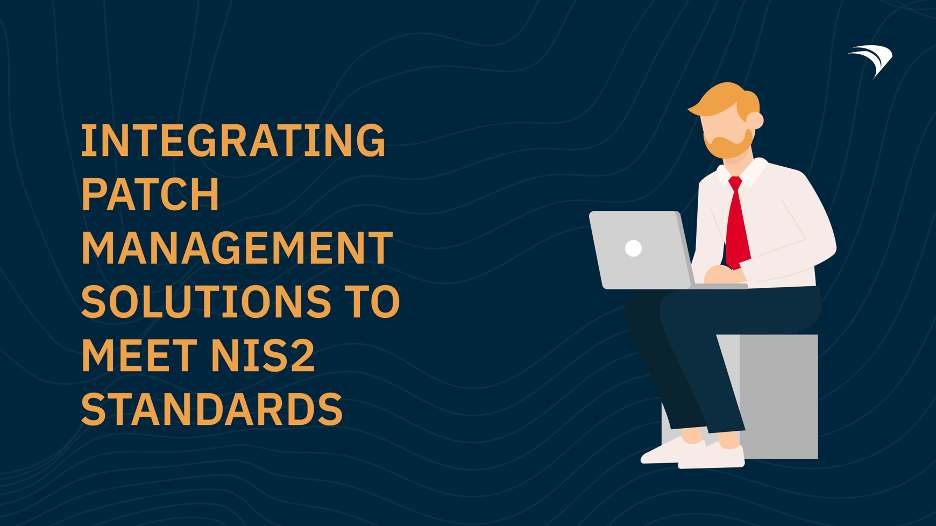Introduction
In an era where technology evolves faster than ever, managing device end-of-life (EOL) effectively is crucial for organizations seeking to maintain operational efficiency and minimize security risks. For businesses, anticipating and addressing the challenges associated with device end-of-life can significantly impact productivity and cost management. This article will explore how Device Deployment Management (DDM) tools, particularly through robust DDM configuration, can streamline this process, showcasing FileWave’s extensive expertise in endpoint management.
What is Device End-of-Life Management?
Device end-of-life management refers to the strategies and actions taken to manage devices that are approaching or have reached the end of their usable life. This process involves:
- Retirement: Safely decommissioning devices that no longer meet organizational needs.
- Data Protection: Ensuring sensitive data is securely wiped and unrecoverable.
- Recycling: Implementing environmentally-friendly disposal methods for obsolete hardware.
With effective end-of-life management, organizations can minimize operational disruptions, enhance data security, and comply with regulatory requirements.
The Role of DDM Tools in End-of-Life Management
At the heart of efficient end-of-life management is the ability to leverage DDM tools, which optimize the entire device lifecycle.
1. Comprehensive Device Tracking
DDM tools provide a centralized view of all devices within an organization. This visibility allows IT administrators to:
- Monitor device health
- Maintain an inventory of hardware and software assets
- Identify devices nearing their end-of-life cycle
With FileWave’s capabilities in DDM lifecycle management, organizations can proactively address impending device replacements, ensuring seamless transitions.
2. Streamlined Configuration Management
Configuration management becomes increasingly vital as devices age. Utilizing DDM configuration tools, IT teams can:
- Quickly deploy updates and patches to extend device usability
- Automate the configuration of new devices to ensure uniformity
- Facilitate secure data migration to newer hardware
This capability not only enhances efficiency but also reduces the chances of security vulnerabilities associated with outdated devices.
Automating the End-of-Life Process
Automation plays a pivotal role in enhancing the end-of-life management process. FileWave’s automated workflows enable organizations to:
- Schedule Retirements: Predefined criteria trigger the retirement of devices once they reach EOL, reducing human intervention.
- Automate Data Wiping: Ensures that all data on retired devices is securely erased, enhancing compliance with data protection regulations.
- Integrate Recycling Programs: Establish connections with recycling partners to facilitate sustainable disposal practices.
By automating these processes, businesses can save valuable time and reduce the risk of errors associated with manual interventions.
Implementing a DDM Configuration Strategy
To effectively leverage DDM tools for end-of-life management, organizations should adopt a structured configuration strategy. Here’s a practical framework to follow:
- Conduct a Comprehensive Audit: Assess all devices in use and identify those at risk of obsolescence.
- Establish EOL Criteria: Define the parameters that signal a device’s retirement, such as age, performance, and cost of maintenance.
- Utilize DDM Tools: Implement solutions like FileWave to automate tracking, configuration, and disposal processes.
- Train Your Team: Educate IT staff on using DDM tools effectively to ensure they are equipped to manage device lifecycles.
This structured approach will ensure that your organization maximizes device value while mitigating risks associated with EOL management.
Conclusion
Effectively managing device end-of-life is essential for optimizing your organization’s IT resources and safeguarding sensitive information. By employing DDM management tools with a strong focus on DDM configuration, companies can streamline processes, automate workflows, and ensure compliance, all while enhancing operational efficiency.
FileWave offers comprehensive multi-platform endpoint management solutions tailored to meet these challenges. To learn more about optimizing your device lifecycle management with our state-of-the-art tools, visit our website and start transforming your IT management practices today!





